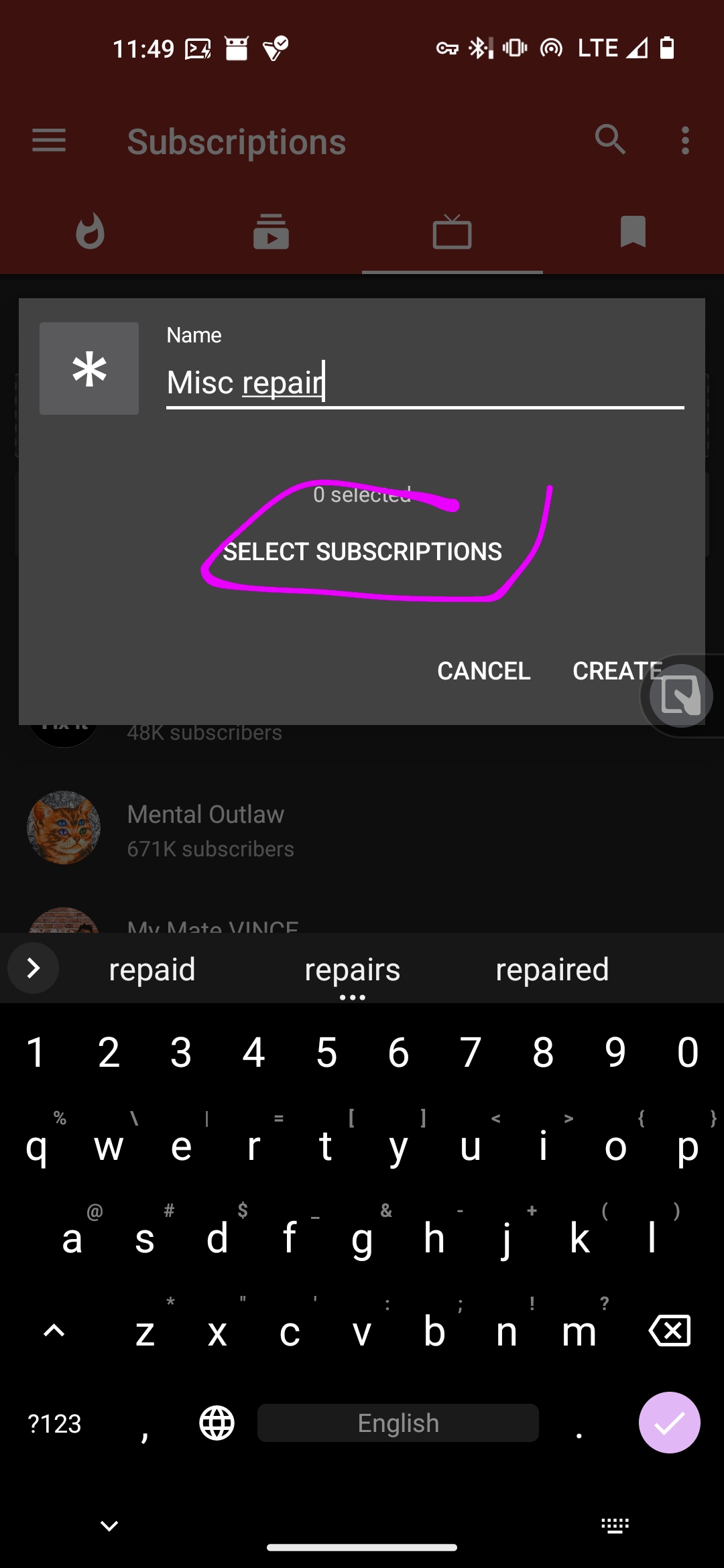Android translation layer is interesting. Well, at least I personally like this approach more than that of waydroid. Also would be nice to see the performance of that with binfmt compared to that of waydroid + libhoudini
- 1 Post
- 58 Comments
manually count
That’s why
rnu(i.e. relative numbering) is mentioned, tho
What stopped me personally was reading they use a different order of operations, so to say. Where vim goes action + range, helix goes (or at least used to go) range + action (like replacing
ci"byi"c). Mb that makes more sense for them, but I’m too lazy to re-learn that for no particular reason
“Sane” keybindings are questionable given Ctrl’s location (painful to press with both pinky and thumb fingers). It’s standard, I’ll give it that, but those in helix or vim are mostly (I’m looking at you, navigation between splits) much saner all things considered
y6jjpis generally faster, tho, as long as you know you need exactly 7 lines or happen to have:set nu rnuin your config. Also, if using nvim, having yanks highlighted helps immensely
Vim has a better way, it’s called
:set clipboard=unnamedplus(alternatively, one can bind anything else to copy/paste to/from system cliboards). Not sure why would one use a mouse for this, honestly

 4·1 month ago
4·1 month agoI mean, I see a usecase for that, given you make a separate community for that, and not, say, spam c/technology with everything posted on XDA. So, kinda like RSS with comments. I personally follow hackaday both here and via RSS.
Alternatively, one can mirror someone who publishes rarely and only cool stuff. I remember mr.d0x being such a guy (now I don’t really follow security-related things much, so mb it’s changed, but I doubt it)

 6920·1 month ago
6920·1 month agoThanks for sharing your concerns here. We have been progressing use of our SDK in more use cases for our clients. However, our goal is to make sure that the SDK is used in a way that maintains GPL compatibility.
- the SDK and the client are two separate programs
- code for each program is in separate repositories
- the fact that the two programs communicate using standard protocols does not mean they are one program for purposes of GPLv3
Being able to build the app as you are trying to do here is an issue we plan to resolve and is merely a bug.
I.e. “fuck you and your foss”

 5·1 month ago
5·1 month agoWait, you can compile coreboot without google’s vboot support. If it’s the only problem, why drop motherboards?
Well, I guess nixos itself isn’t too overcomplicated, but fun begins when you start layering abstractions over abstractions 😁

 83·1 month ago
83·1 month agodeleted by creator

 1052·1 month ago
1052·1 month agoI know, right… Damn foss enthusiasts, you show 'em sources in order to get some cheap publicity, and those bastards immediately start raising a stink over you slightly attempting to fuck them over with licensing
Have you by chance used xournalpp? If so, is it better or worse in terms of features?

 7·2 months ago
7·2 months agoWell, newpipe has channel groups for quite a while now.





 10·2 months ago
10·2 months agoit used to be “see source, but no touch source” when it came out, and now it’s “see source, touch source, no sell source”. Not exactly proprietary, not free as in freedom. Kinda gray zone here, pun intended

 8·2 months ago
8·2 months agoProbably some scientific theory on not letting s3 buckets eat all your money /jk

 0·2 months ago
0·2 months ago[Removed]
Soo, how exactly CC solves the issue? I suspect it wouldn’t stop those who ignored a much more lax GPL, tbh

 0·6 months ago
0·6 months agoWell, the link doesn’t load for me, so if that’s smth related to python and not a justification of the behavior from math’s pov, I know that’s expected. Hence,
because of the order of operations
But just as well is “1” + 2.

So, the whole xz backdoor saga was merely a figment of my imagination?